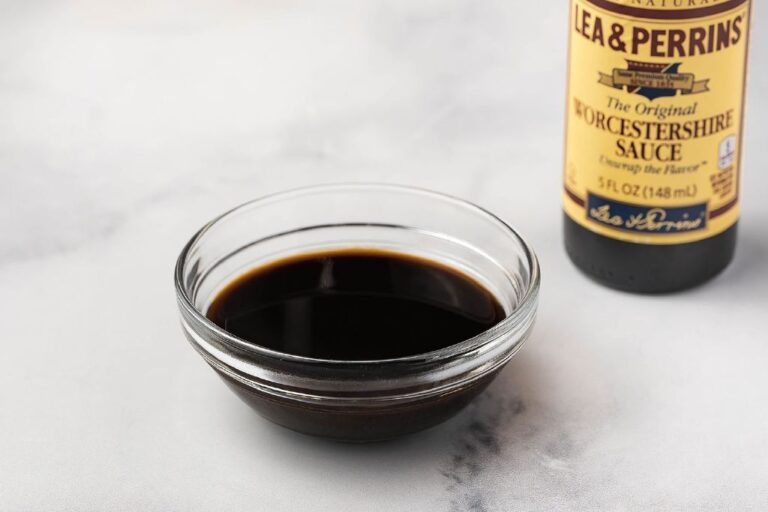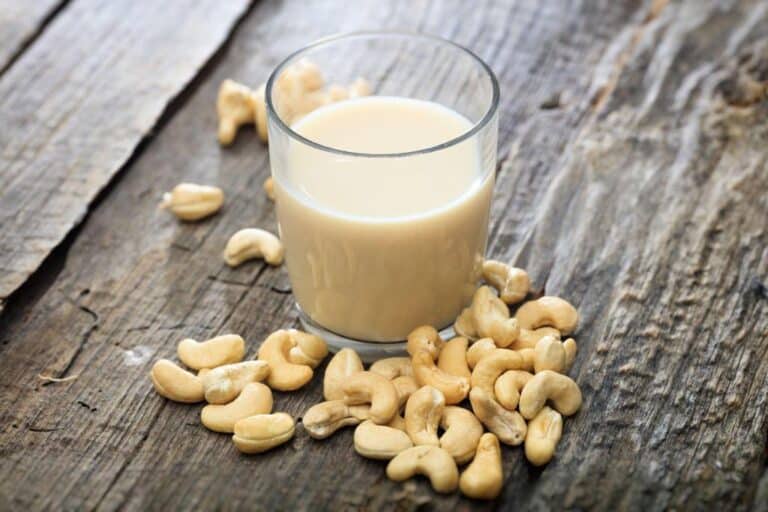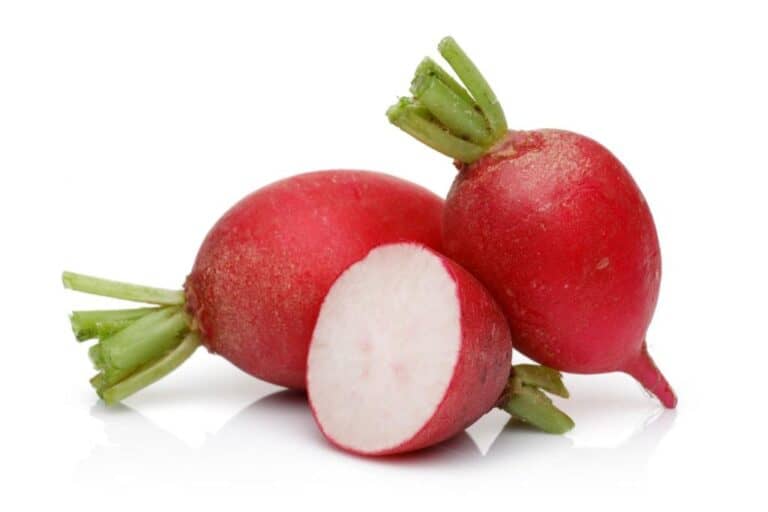Can You Eat Plantain Skin? Is Plantain Peel Edible and Safe to Eat?
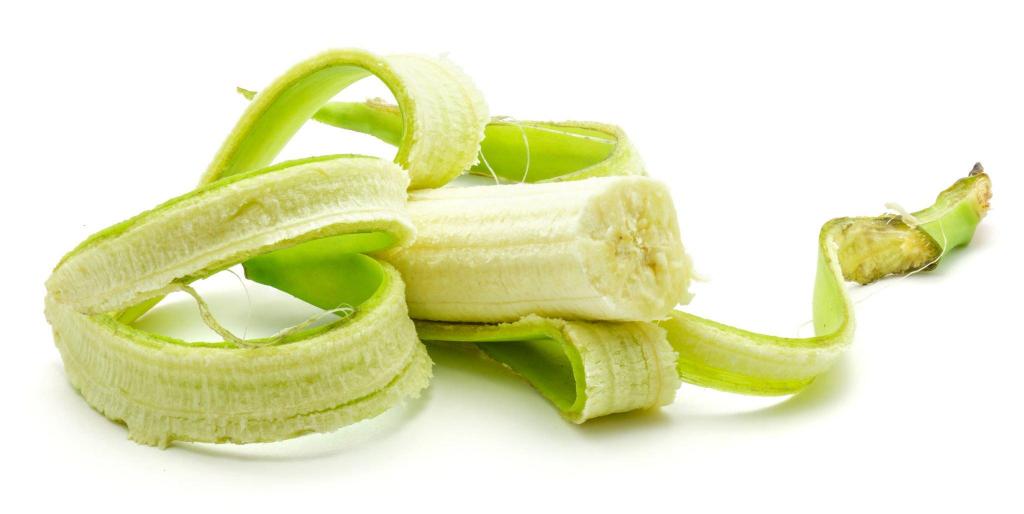
Plantains are a versatile and beloved fruit found in many cuisines around the world. Their starchy and slightly sweet taste makes them a staple in various dishes, from savory to sweet. But have you ever wondered about the often-overlooked part of the plantain—the peel? Can you actually eat plantain peel, and is it safe to do so?
Yes, you can eat plantain peel, and it is safe to do so. Plantain peel is rich in vitamins, minerals, and dietary fiber, making it a healthy addition to your diet. However, you will need to cook plantains before you eat them, as they don’t taste good when they’re raw
Let’s delve into this intriguing topic and uncover the truth. Beyond the sizzle of fried plantains and the warmth of plantain porridge lies uncharted territory—the humble peel. Often dismissed as compost material, it’s time we revealed the truth about this unassuming yet surprisingly versatile component.
As we embark on this flavorful journey, we’ll peel back the layers of misconception, exploring the nutritional potential, ingenious uses, and health considerations surrounding plantain skin.
So, if you’re curious about expanding your gastronomic horizons and embracing the unexpected, join us in demystifying the enigma of plantain peel—nature’s hidden treasure or mere discard? Let’s find out.
Introduction to Plantains and Plantain Peels
Plantains, often mistaken for their sweeter banana cousins, are a distinct tropical fruit with a fascinating twist. Unlike the soft, yellow, dessert-like bananas we love, plantains are a culinary chameleon with their starchy nature. This characteristic makes them a versatile ingredient, appearing in various dishes across the globe.
Many cultures value these fruits for their capacity to play either a sweet or savory role in the kitchen, producing everything from crispy plantain chips to savory plantain fritters.
However, there’s more to the plantain story than meets the eye. Enter plantain peels, the often-overlooked parts of this fruit that hold surprising potential. Traditionally cast aside as kitchen waste, these unassuming peels are beginning to gain recognition for their nutritional value.
Rich in dietary fiber, they aid digestion and provide a sense of satiety. Loaded with vitamins A and C, along with essential minerals like potassium, they offer a wellness boost that should not be underestimated.
The shift towards reducing food waste has sparked an innovative culinary trend – repurposing plantain peels. They can be transformed into crispy snacks, brewed into teas, or blended into smoothies, enhancing both nutrition and sustainability.
However, it’s important to be cautious about potential pesticide residues on the peels, emphasizing the importance of thorough washing or selecting organic plantains for consumption.
In the end, the world of plantains and their often-overlooked peels opens up a tantalizing realm of culinary possibilities, inviting us to rethink our approach to food and waste.
Nutritional Content of Plantain Peels
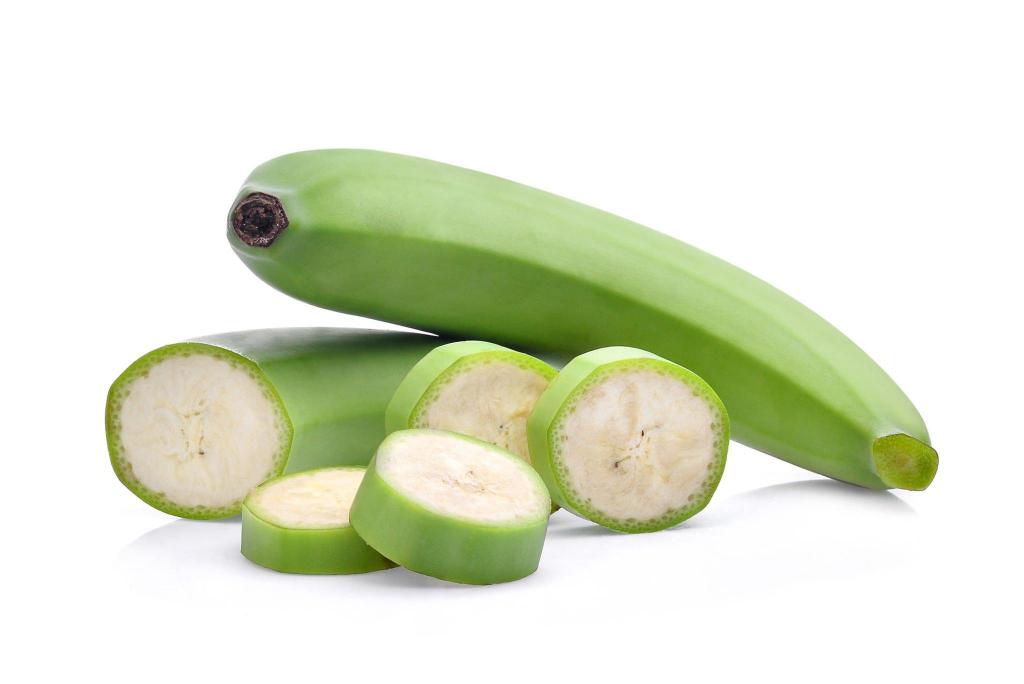
Plantain peels, often ignored, actually contain a surprising amount of nutrients. They are rich in dietary fiber, which is essential for maintaining a healthy digestive system. Additionally, plantain peels contain vitamins A and C, both of which are vital for overall health and immunity. Minerals like potassium, which helps regulate blood pressure, are also present in these peels.
In the mineral department, plantain peels shine with their potassium content. Potassium is crucial for maintaining proper blood pressure levels and plays a vital role in heart health. Surprisingly, when comparing plantain peels to the fruit’s flesh, you’ll discover that the peels hold their own in terms of nutritional value.
While the flesh may offer more sweetness, the peels counterbalance with their fiber and nutrient richness, making them a potential dietary addition for those seeking to maximize their nutrition intake. So, the next time you’re enjoying a plantain, don’t let those peels go to waste; they might just be the nutritional boost your body needs.
Health Benefits of Consuming Plantain Peels
Consuming plantain peels might offer various health benefits that are worth considering. First and foremost, their remarkable fiber content deserves attention. This dietary fiber aids in digestion, prevents constipation, and maintains regular bowel movements. Beyond that, it can be a game-changer for those aiming to manage their weight, as it creates a sense of fullness that curbs excessive eating.
But the benefits don’t stop there. Plantain peels offer a significant boost to heart health. The combination of fiber and potassium within these peels actively contributes to maintaining healthy blood pressure levels, a critical factor in preventing cardiovascular issues. The heart-healthy mineral potassium helps regulate blood pressure, reducing the risk of hypertension and related complications.
Furthermore, the presence of antioxidants in plantain peels adds another layer of defense against oxidative stress, which can lead to chronic diseases and premature aging. By incorporating these often-overlooked peels into your diet, you’re not only embracing their rich nutritional value but also taking a proactive step toward better overall health.
Can You Eat Plantain Skin?
Can you eat plantain skin? Are plantain peels safe to eat? The answer is generally yes, but there are important factors to consider.
Plantain peels are safe to eat if they are properly prepared and cleaned. Just like with any other part of a fruit or vegetable, it’s essential to wash the peels thoroughly before consumption. This helps remove any dirt, pesticides, or contaminants that might be present.
While plantain peels are generally safe, there are a few things to keep in mind. First, some peels might contain traces of pesticide residues, so it’s advisable to choose organic plantains whenever possible. Second, the peels might have a bitter taste due to compounds like tannins. Before cooking, you can lessen this bitterness by blanching or boiling the peels.
Although the fiber in plantain peel can be beneficial for digestion, some individuals might experience digestive discomfort if consumed in excess. Moderation is key.
WARNING
If you have allergies to latex or certain fruits, you might want to exercise caution when trying plantain peels. There’s a potential for cross-reactivity, although allergic reactions to plantain peels are relatively rare. If you’re unsure, consulting a medical professional is a good idea.
Methods of Preparing Plantain Peels for Consumption
Boiling: One common method of preparing plantain peels is by boiling them. Boiling softens the peels, making them more palatable and reducing their bitterness. After boiling, the peels can be used in various dishes, from stews to soups.
Frying: Fried plantain peels offer a unique texture and flavor. Thinly sliced peels are often seasoned and then fried until crispy. This method transforms the peels into a delightful snack or side dish.
Drying and grinding: Another innovative approach is to dry plantain peels and grind them into a powder. This powder can be used as a seasoning or added to baked goods to enhance their nutritional content.
Flavor and Texture of Plantain Peels
Exploring the flavor and texture of plantain peels unveils a unique culinary experience. These peels possess a distinct taste profile, setting them apart from the fruit they encase.
While plantains themselves are known for their sweet, tropical appeal, plantain peels take on a milder persona. They have a delicate earthy undertone as well as a subtle sweetness. It’s worth noting that some may detect a touch of bitterness, but fear not; this can be managed through blanching or boiling, allowing you to harness their subtle flavors more effectively.
When it comes to texture, the preparation method plays a pivotal role. Boiling or frying plantain peels transforms their consistency, offering a delightful textural experience. Boiling renders them soft, with a pleasing chewiness that pairs well with various dishes.
However, it’s frying that truly elevates the texture game. Fried plantain peels provide an irresistible crunch, creating a delectable contrast with the tender interior. This dynamic combination of flavors and textures makes plantain peels a versatile ingredient, suitable for both savory and sweet applications, adding a unique twist to your culinary repertoire.
Culinary Uses for Plantain Skin
Plantain skins, often discarded as waste, hold untapped potential in the culinary world. Here are some creative and delicious ways to make the most of them:
- Plantain Peel Chips: Transform those peels into crunchy snacks by slicing them thinly, seasoning them with your favorite spices, and baking or frying until they’re crispy perfection.
- Plantain Peel Curry: Use plantain peels to add a unique texture and flavor to your favorite curry dishes. Simmer them with aromatic spices, vegetables, and coconut milk for a hearty, satisfying meal.
- Plantain Peel Smoothies: Yes, you can blend plantain peels into your morning smoothies! They provide a fiber boost and a subtle earthy flavor that pairs well with fruits like bananas and berries.
- Plantain Peel Tea: Boil dried plantain peels to create a soothing and nutritious tea. Add a touch of honey or cinnamon for extra flavor.
- Plantain Peel Stir-Fry: Incorporate them into stir-fries for an intriguing texture. Their chewiness works well with a variety of vegetables and sauces.
- Plantain Peel Pickles: Get creative by pickling plantain peels with vinegar, spices, and herbs. They make a zesty and tangy side dish or a condiment for sandwiches and salads.
- Plantain Peel Desserts: Experiment with plantain peels in desserts like muffins, cakes, or tarts. They can add a unique twist to your sweet treats.
- Plantain Peel Soups: Blend boiled plantain peels into creamy soups for added thickness and nutrition.
These culinary uses showcase the versatility and potential of plantain peels, turning what was once considered kitchen waste into a flavorful and sustainable ingredient.
Conclusion
So, can you eat plantain peel? The answer is a resounding yes! Plantain peels are indeed edible and safe to eat, as long as they are properly prepared. To fully enjoy the benefits and flavors they offer, make sure to wash the peels thoroughly, remove any bitterness by blanching or boiling them, and then experiment with different cooking methods.
Next time you enjoy a delicious plantain dish, take a moment to consider the peel that often goes to waste. With their nutritional value and potential health benefits, plantain peels might just become the unexpected star of your culinary adventures. Whether you choose to fry them, add them to a stew, or find your own creative way to incorporate them, plantain peels are a hidden treasure waiting to be discovered in the world of food.
FAQs on Edibility of Plantain Peel
Is it safe to eat plantain peels?
Plantain peels are generally safe to eat, but they should be thoroughly cleaned and properly prepared to remove any potential contaminants. Cooking or processing the peels can help enhance safety.
Do plantain peels have a bitter taste?
Yes, plantain peels can have a bitter taste due to compounds like tannins. To reduce bitterness, blanching, boiling, or soaking the peels before cooking is recommended.
Are there any allergic reactions associated with eating plantain peels?
Allergic reactions to plantain peels are rare. However, individuals with allergies to latex or certain fruits might be more prone to reactions. It’s advisable to consult a healthcare professional if you have concerns.
Are there any side effects to consuming plantain peels?
While plantain peels are generally safe to eat, consuming them in excess might lead to digestive discomfort due to their fiber content. Also, individuals with allergies should exercise caution.
Can plantain peels be used for medicinal purposes?
Plantain peels have been used in traditional medicine for their potential health benefits. They are believed to have anti-inflammatory and antioxidant properties, although more research is needed to establish their medicinal uses.


